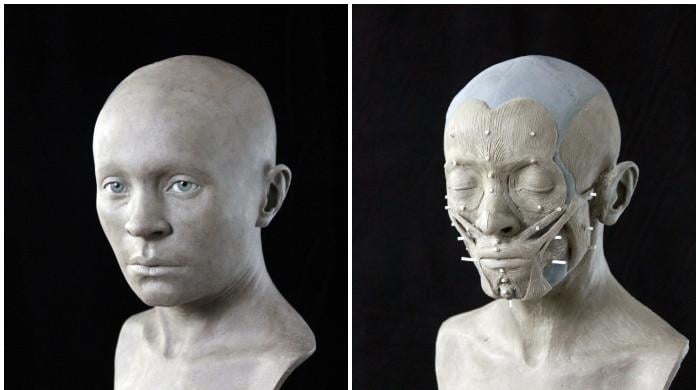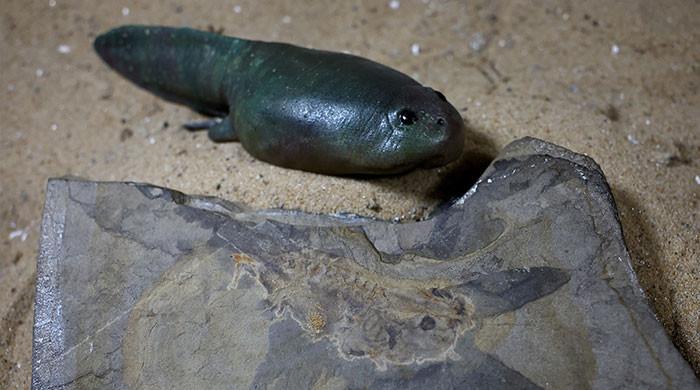Scientists create 'telepathic' link between human, rat brains
BOSTON: The long-standing science fiction dream of telepathy just took one more step toward science reality.Harvard's Medical School has created a prototype of what researchers are calling a...
August 08, 2013
Harvard's Medical School has created a prototype of what researchers are calling a "noninvasive brain-to-brain interface" between humans and rats, which allows a person to control a rat's tail using only thoughts.
The results, published in PLOS One, explain how the prototype works:
"We investigated the feasibility of using the FUS-based (Transcranial focused ultrasound) CBI to non-invasively establish a functional link between the brains of different species (i.e. human and Sprague-Dawley rat), thus creating a brain-to-brain interface (BBI)."
Put simply, the electronic headset translates commands from a person's brain into electronic signals, which then activate a specific part of a rat's brain. The end result: The person sends the correct thought signal and about a second later, the rat's tail twitches.
And the results have been convincing so far, with the Harvard scientists saying the tail control experiment was successful 94 percent of the time.
Going forward, the site Extreme Tech says the Harvard scientists will attempt to convey more complex thought commands, "such as hunger or sexual arousal, from human to rat."
Strange as that may sound, the Harvard team says the project is intended to pursue therapeutic treatments using the technology, presumably with physically or mentally disabled individuals. And the end goal, of course, is to establish a human-to-human brain connection:
"Our results demonstrate the feasibility of a computer-mediated BBI that links central neural functions between two biological entities, which may confer unexplored opportunities in the study of neuroscience with potential implications for therapeutic applications," the report explains. (Monitoring Desk)











